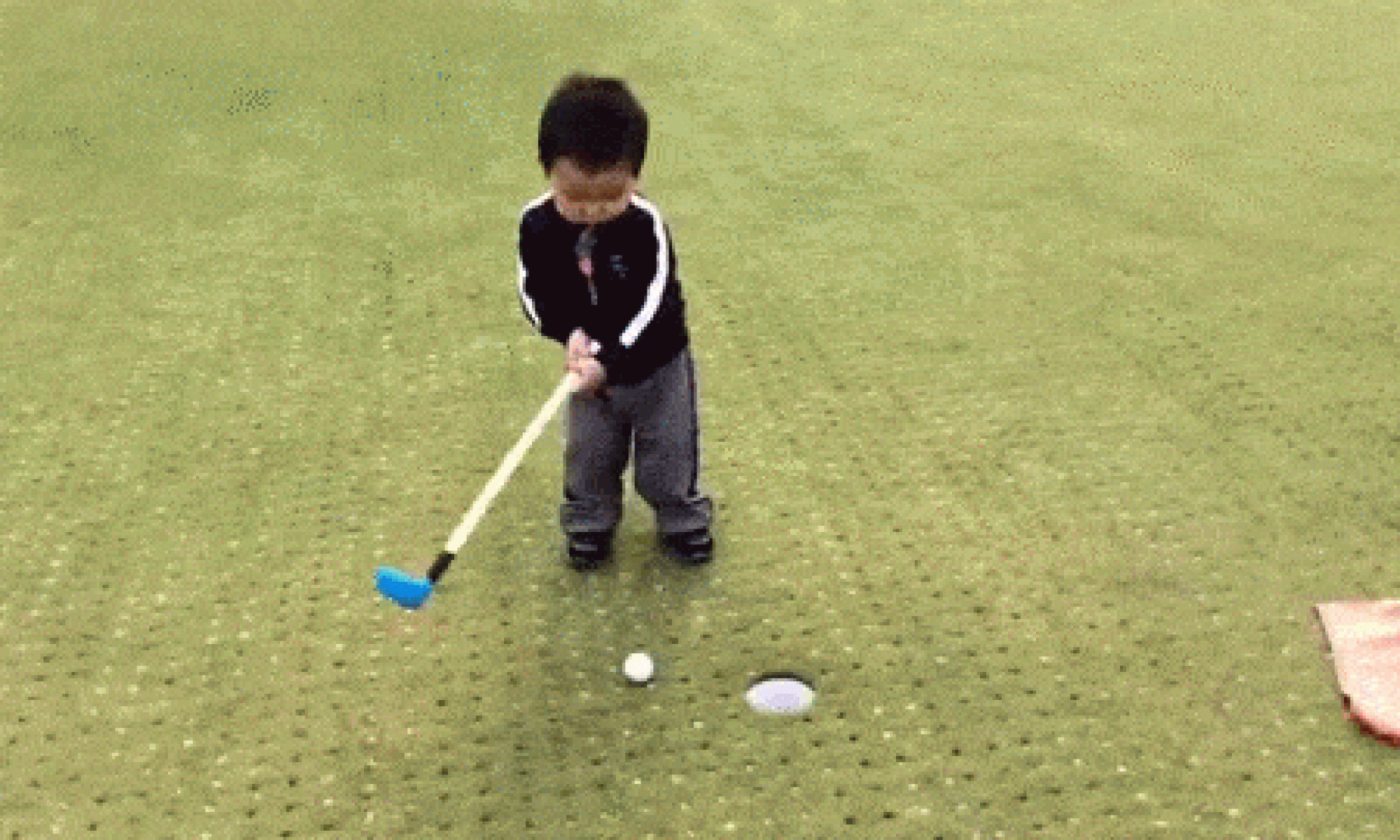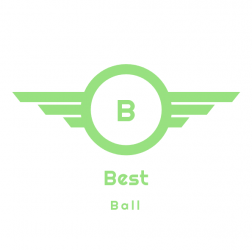What did you personally accomplish this week on the project?
This week I started by finalizing our initial designs for the webapp. I also researched possible Frameworks to use. It seems like my top choices are react.js and Django. I think react.js is more thorough, but Django might be easier since I am more familiar with Python. I also updated our slide deck for the design presentation and practiced with my teammates and a couple of extra people. I completed the presentation on Wednesday. At the end of the week, I also received the order for the RFID sensor, so I can begin running tests on that.
Is your progress on schedule or behind?
We are currently on schedule. We finalized our design for the critical parts of our project and were given good feedback from our peers and advisor. One component we still need to flesh out a bit is how we will test the accuracy of some of the ball metrics. Specifically, how will we know the “correct” spin and angle of the ball? Our current solution is to video tape the ball. This may be a bit painstaking since we will have to videotape a lot, so it might be worth brainstorming more solutions.
What steps will be taken to catch up to the project schedule?
What deliverables do you hope to complete in the next week?
We will begin preliminary testing of the RFID sensor and the pressure sensor that we just received. I want to get an MVP of what the webapp will look like. Additionally, I think we should start designing some of the physical components for the course. We should order the ground material as well as the design for the hole. Lastly, we need to purchase the ball that we can prototype with.



